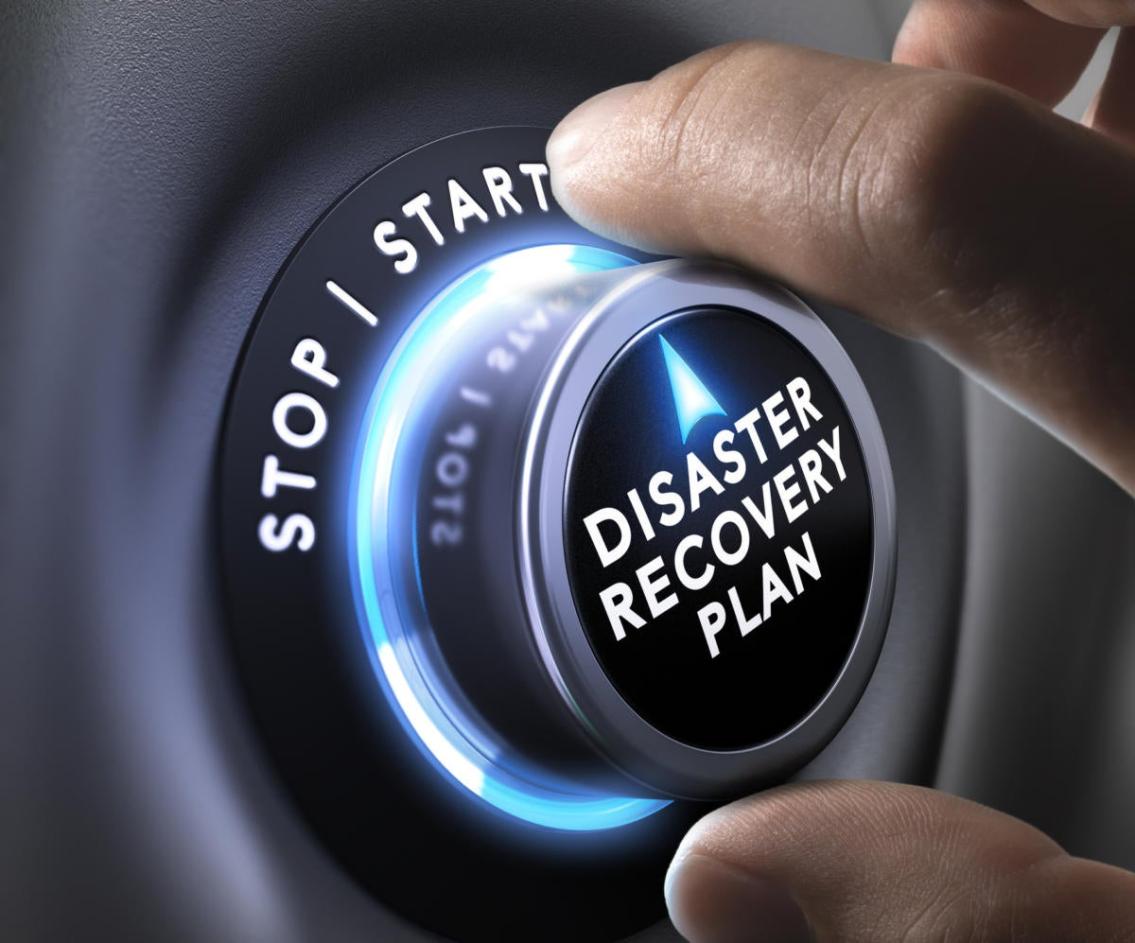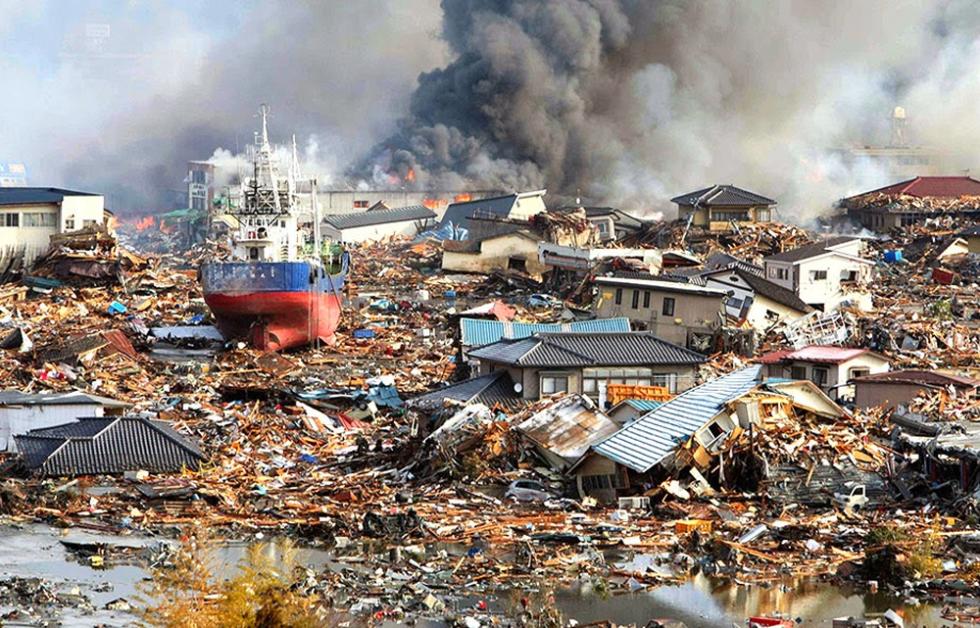What Are the Best Tools and Resources for Using Satellite Data for Disaster Management?
Satellite data plays a crucial role in disaster management, providing valuable information for monitoring, predicting, and responding to natural and human-made disasters. With the advancement of satellite technology, the availability and accessibility of satellite data have increased significantly, making it an indispensable tool for disaster management agencies and organizations. This article explores the best tools and resources available for using satellite data for disaster management.

Essential Tools For Satellite Data Processing
Processing and analyzing satellite data require specialized software and platforms. Here are some essential tools for satellite data processing:
- Remote Sensing Software:
- ENVI: A comprehensive software for image processing and analysis, widely used in remote sensing applications.
- ArcGIS: A GIS software for data visualization and analysis, commonly used in disaster management.
- QGIS: An open-source GIS software for data processing, offering a wide range of functionalities.
- Data Acquisition Platforms:
- Earth Explorer: A platform for accessing satellite data from various sources, including Landsat, Sentinel, and MODIS.
- Sentinel Hub: A platform for accessing Sentinel satellite data, providing access to a wide range of Sentinel products.
- LandsatLook: A platform for accessing Landsat satellite data, offering a user-friendly interface for data search and download.
- Cloud Computing Platforms:
- Google Earth Engine: A cloud-based platform for large-scale data processing, enabling efficient analysis of satellite data.
- Amazon Web Services: A cloud-based platform for data storage and processing, providing scalable infrastructure for satellite data analysis.
- Microsoft Azure: A cloud-based platform for data processing and analysis, offering a range of services for satellite data management.
Resources For Satellite Data Analysis
In addition to software and platforms, there are numerous resources available for learning and enhancing skills in satellite data analysis:
- Online Courses and Tutorials:
- Coursera: Offers courses on remote sensing and GIS, providing a structured learning environment.
- edX: Offers courses on remote sensing and data analysis, covering various aspects of satellite data processing.
- YouTube: Provides numerous tutorials on satellite data analysis, ranging from beginner to advanced levels.
- Books and Publications:
- "Remote Sensing and Image Interpretation" by Thomas M. Lillesand and Ralph W. Kiefer: A comprehensive textbook covering the fundamentals of remote sensing and image interpretation.
- "GIS for Disaster Management" by David R. Maidment: A practical guide to using GIS for disaster management, including satellite data integration.
- "Satellite Remote Sensing for Disaster Management" by J.P. Muller: A specialized book focusing on the application of satellite data for disaster management.
Case Studies And Applications

Satellite data has been successfully used in various disaster management applications. Here are a few examples:
- Flood Monitoring and Prediction:
- Example: Using satellite data to monitor and predict floods in Bangladesh, enabling early warning systems and evacuation efforts.
- Tools and resources used: Sentinel-1 data, Google Earth Engine.
- Forest Fire Detection and Monitoring:
- Example: Using satellite data to detect and monitor forest fires in California, providing real-time information for firefighting efforts.
- Tools and resources used: MODIS data, Fire Information for Resource Management System (FIRMS).
- Earthquake Damage Assessment:
- Example: Using satellite data to assess earthquake damage in Nepal, helping to identify affected areas and prioritize relief efforts.
- Tools and resources used: Sentinel-2 data, ArcGIS.
Challenges And Limitations
Despite the advancements in satellite technology and data availability, there are still challenges and limitations in using satellite data for disaster management:
- Data Availability and Accessibility:
- Obtaining satellite data in a timely manner can be challenging, especially during emergencies.
- Open data policies and initiatives are crucial for ensuring timely access to satellite data.
- Data Processing and Analysis:
- Processing and analyzing large volumes of satellite data can be computationally intensive and require specialized skills.
- Skilled personnel with expertise in remote sensing and GIS are essential for effective data analysis.

Satellite data has become an invaluable tool for disaster management, providing timely and accurate information for monitoring, predicting, and responding to disasters. The availability of specialized software, platforms, and resources has made it possible to harness the power of satellite data for disaster management. However, challenges remain in terms of data availability, accessibility, and the need for skilled personnel. By addressing these challenges and continuing to invest in satellite technology and capacity building, we can further enhance the effectiveness of satellite data for disaster management and save lives.
YesNo

Leave a Reply